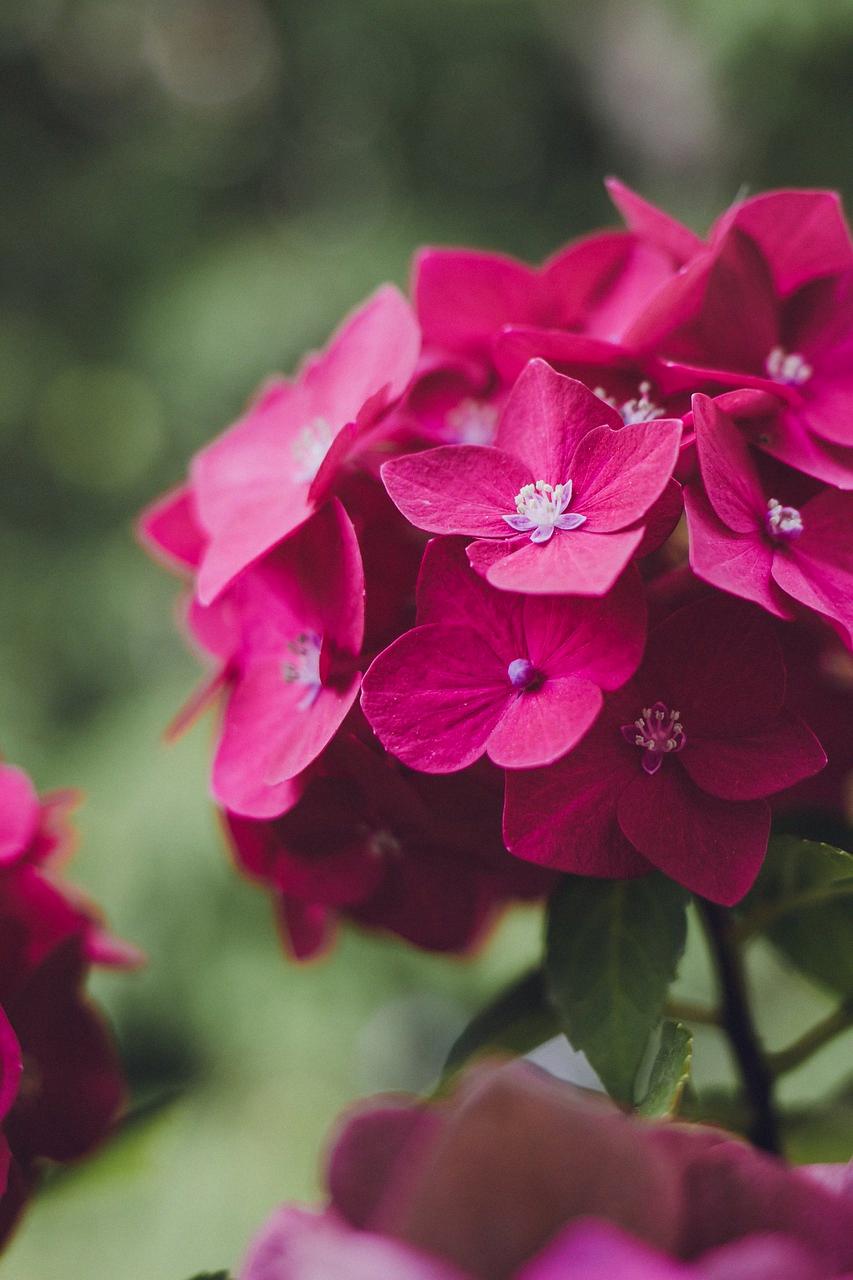Hydrangeas are beloved for their beautiful, vibrant blooms that can add a pop of color to any garden. However, if your hydrangea isn’t blooming as expected, there are several factors that could be contributing to this issue. Understanding why your hydrangea isn’t blooming is the first step towards addressing the problem and restoring its beauty.
Incorrect Pruning Techniques
One common reason why hydrangeas fail to bloom is incorrect pruning. Hydrangeas bloom on old wood, new wood, or both, depending on the variety. Pruning at the wrong time or cutting off flower buds unintentionally can prevent your hydrangea from blooming. It’s essential to research the type of hydrangea you have and follow the correct pruning practices to encourage blooming.
Damage to Buds from Winter Weather
During harsh winters or early spring frosts, the flower buds of hydrangeas can sustain damage, leading to a lack of blooms in the following growing season. Protecting your hydrangea from extreme weather conditions, such as covering it with burlap during frosty nights, can help preserve the flower buds and promote blooming.
Location Matters
The location of your hydrangea can also impact its blooming capacity. Hydrangeas thrive in well-draining soil with the right amount of sunlight and shade. Planting your hydrangea in a location with inadequate sunlight or excessive shade may hinder its blooming capabilities. Ensure your hydrangea is placed in an ideal spot that meets its sunlight requirements to encourage abundant blooms.
Excessive Fertilization
While fertilizing your hydrangea is essential for its overall health and growth, excessive fertilization can have adverse effects on blooming. High levels of nitrogen in fertilizers can promote lush foliage at the expense of bloom production. It’s crucial to use a balanced fertilizer and follow recommended guidelines to prevent over-fertilization and encourage blooming.
Inadequate Watering
Proper watering is crucial for hydrangeas to bloom consistently. Inadequate watering can stress the plant and inhibit flower production. Ensure your hydrangea receives an adequate amount of water, especially during hot, dry periods. Consistent watering will help maintain the plant’s health and support blooming.
Soil pH Imbalance
The pH level of the soil can impact the blooming of hydrangeas, particularly for varieties that exhibit color changes based on soil acidity. Blue hydrangeas prefer acidic soil, while pink varieties thrive in alkaline soil. Testing your soil’s pH and adjusting it accordingly can enhance blooming and even influence the color of the blossoms.
Stress Factors
Hydrangeas are sensitive plants that can experience stress from various factors, such as drought, extreme temperatures, or transplant shock. Stress can divert the plant’s energy away from blooming towards survival mechanisms. Minimizing stressors by providing optimal growing conditions and care can help your hydrangea focus on blooming.
Root Bound Conditions
If your hydrangea is root-bound, with its roots tightly circling the container or ground, it may struggle to absorb nutrients and water effectively, impacting blooming. Transplanting your hydrangea to a larger container or loosening the roots when planting in the ground can promote healthy growth and blooming.
Age of the Plant
Young hydrangea plants may take some time to establish themselves before reaching maturity and producing abundant blooms. Patience is key when nurturing a young hydrangea, as it may require a few growing seasons to reach its full blooming potential. Providing proper care and allowing the plant time to develop can lead to a rewarding display of blooms in the future.
Varietal Blooming Characteristics
It’s essential to understand the blooming characteristics of the specific hydrangea variety you have planted in your garden. Some hydrangeas bloom on old wood, meaning last year’s growth, while others bloom on new wood, the current season’s growth. Knowing the blooming habits of your hydrangea can help you adjust your care practices accordingly to promote blooming.
Pruning Mistakes to Avoid
When pruning your hydrangea, avoid cutting off flower buds unintentionally, especially for varieties that bloom on old wood. Additionally, refrain from pruning your hydrangea too late in the season, as it may remove potential blooms for the following year. Understanding the proper pruning techniques for your specific hydrangea type is crucial to preserving its blooming potential.

Consulting with Experts
If you’ve tried various solutions and your hydrangea still isn’t blooming as expected, consulting with gardening experts or local nurseries can provide valuable insight and expertise. Professionals can assess your plant’s specific conditions and offer tailored advice to help address blooming issues effectively. Seeking guidance from experienced individuals can lead to a successful resolution and a blooming hydrangea in your garden.
